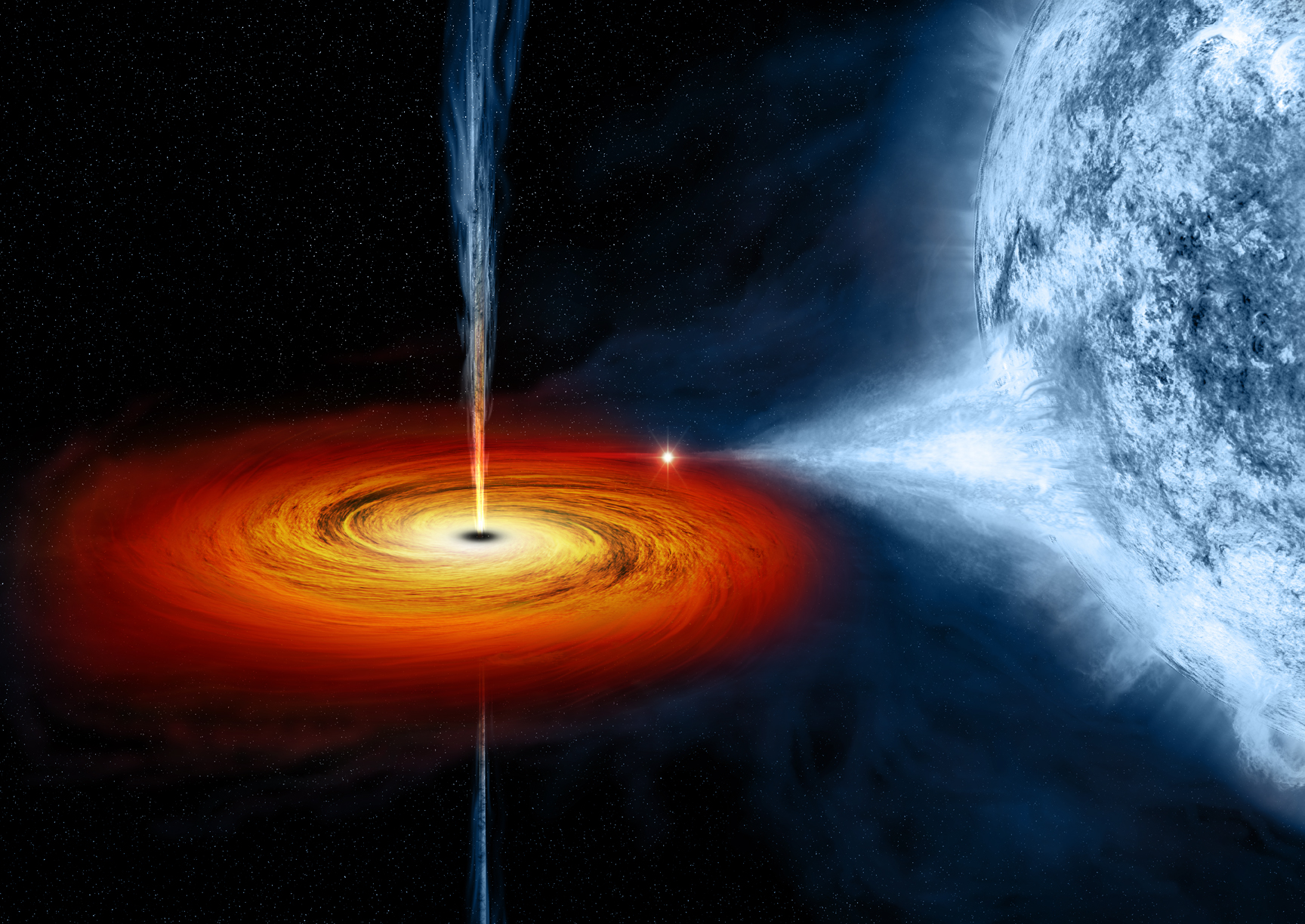
(Image courtesy of NASA))
An open question in modern Astrophysics is related to how fast black holes swallow matter from their companion star. Now scientists used the Z machine at Sandia National Laboratories and their results challenge current models that have been developed the last 20 years.
The Z machine is the most energetic laboratory X-ray source on Earth, capable of duplicating the X-rays surrounding black holes. The plasmas that emit the X-rays are exotic and Z offers the possibility to test the models used to interpret the X-ray spectra of black holes in the laboratory. “The Sandia experiment, is the closest anyone has ever come to creating an environment that’s a re-creation of what’s going on near a black hole”, astrophysicist Tim Kallman said.
Theoretical modes suggest that certain stages of iron are present in a black hole’s accretion disk even when no spectral lines indicate their existence. A process known as Auger decay in this case explains the absence of photons. The Sandia experiment, though, showed that if no photons appear, then the generating element simply isn’t there.
New theoretical models are now being constructed for accretion-powered objects that don’t employ the Auger decay process. Laboratory experiments, like the Sandia experiment, are important to test their assumptions.
Source: Sandia Labs
